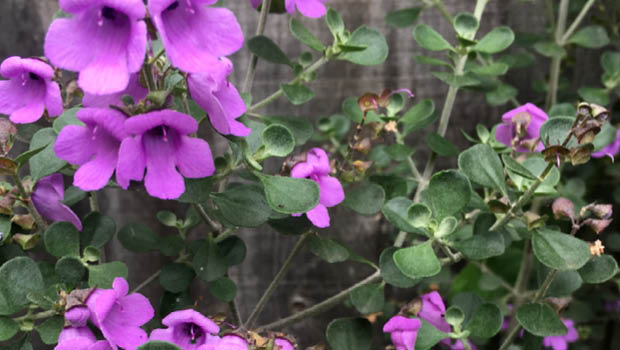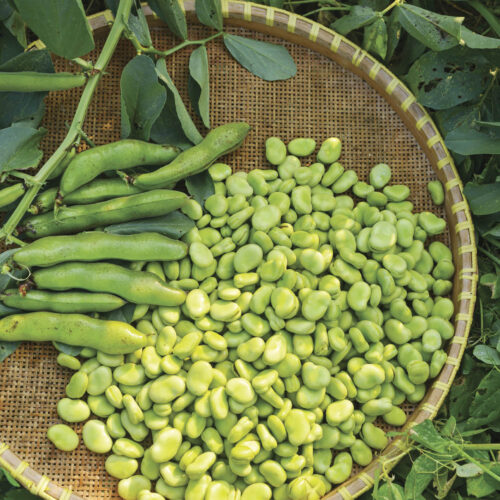Minty magic
2021-05-05T04:53:45+10:00
Known by gardeners as native mint bush, Prostanthera rotundifolia is a handy plant for semi-shade.
Autumn is a great time for planting natives, getting them into the ground before their flush of spring growth. If you have a shady gap in your garden, a Prostanthera might interest you. Prostanthera rotundifolia, known by gardeners as native mint bush, is a handy plant for semi-shade. It’s a fabulous sensory plant, releasing its fresh minty aroma when brushed up against or after rain and I’ve planted it along many a garden path for this reason.First Australians crush and smell the leaves, the menthol content clearing a stuffy nose.
How to grow
In native food circles it’s known as native thyme, and more recently native oregano, reminding us again how troublesome common names can be! Prostanthera incisa is a finer leaved species, also known by gardeners as native mint bush and by the native food industry as native thyme or native sage. It prefers more sun than P. rotundifolia. Both plants prefer a rich well-drained soil and regular watering, producing masses of purple flowers in spring. They are quick growing and short-lived, lasting around 7 years and should be pruned after flowering to encourage bushiness.
How to use
The flowers of both species are edible, if somewhat strong tasting, so best used with savoury dishes. The leaves have strong, complex aroma and flavour profiles. They pair well with red meat and eggplant dishes, and a friend of mine uses these herbs with quinces and rhubarb. My favourite use is to make herb butter with the leaves, using the oil to soften and carry the flavours. Use on crusty bread, melt over vegetables or pasta or over meat. As for other herb butters, wash and pat dry the leaves and strip them from the stems. Mince them finely with a sharp knife and blend them through slightly softened butter or vegan butter. Rest in the fridge for an hour before using. See which one you prefer!






